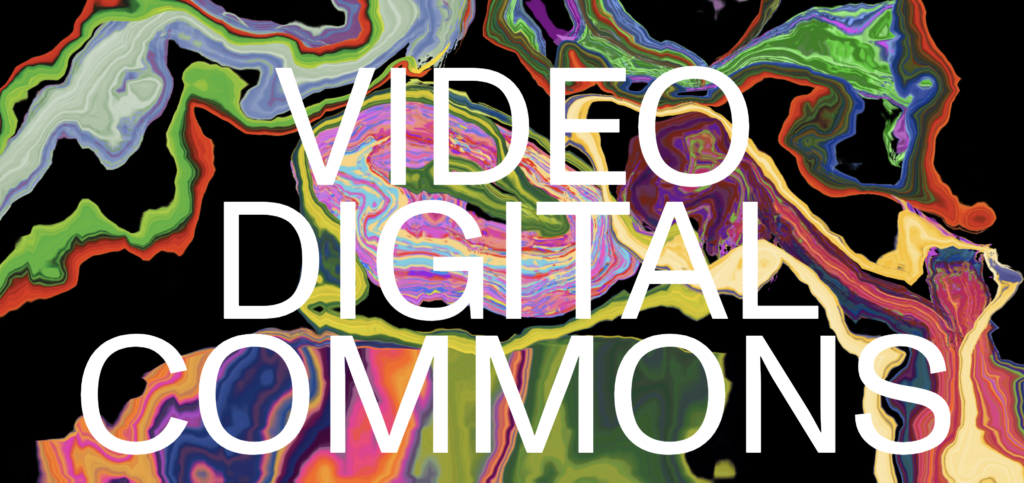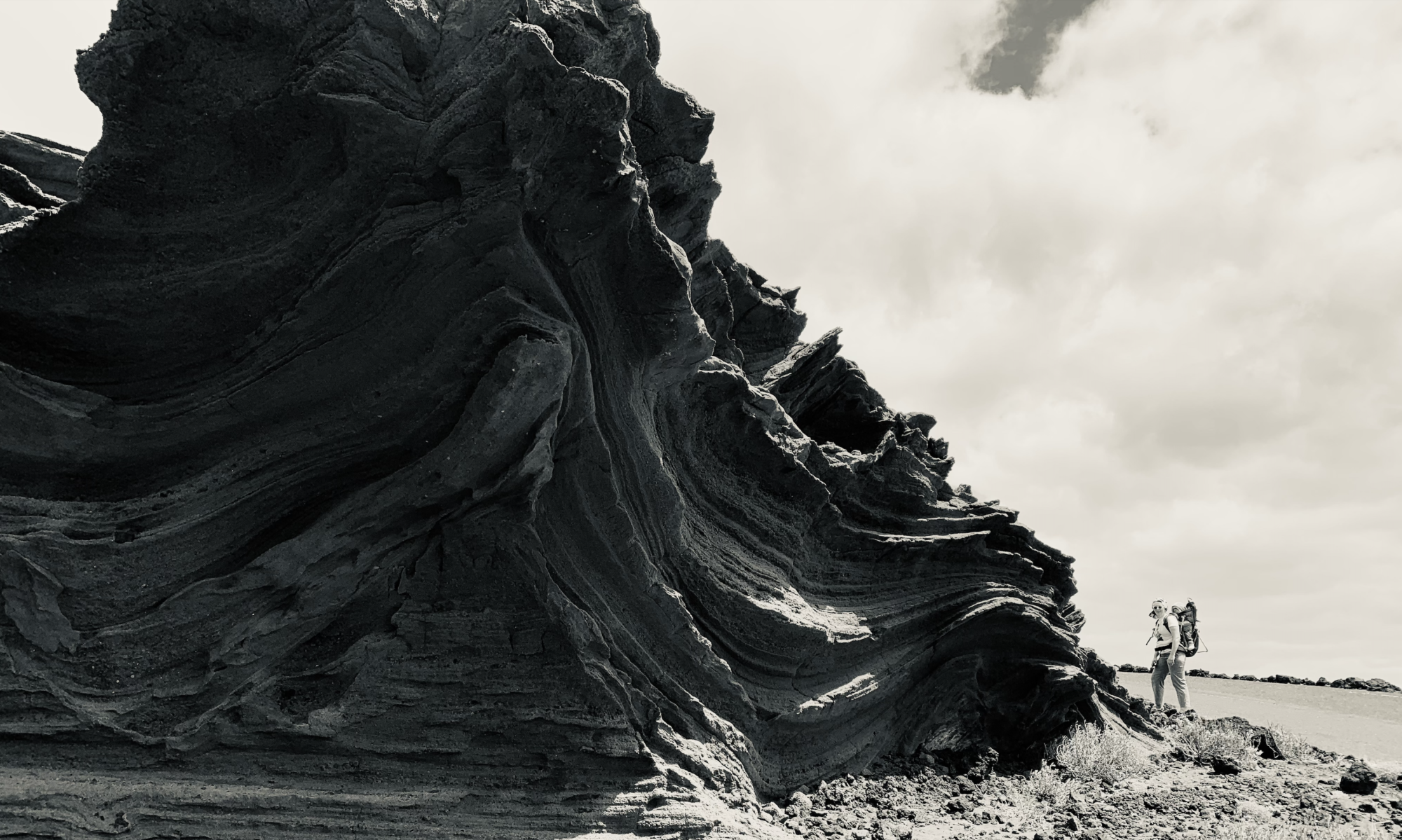탈-보존: 백남준의 가상 아카이브
POST-PRESERVATION: PAIK’S VIRTUAL ARCHIVE, POTENTIALLY
(Korean version below)

This paper, delivered on the occasion of The Gift of Nam June Paik 13 at the Nam June Paik Art Center in Yongin, South Korea (and available as recording below), offers insights into the different modes of existence of, and understanding, the archive. I propose an archive that encompasses both time and material—an index of evolving attitudes toward objects and subjects, the contingency of time, discourse, and culture. The archive participates in creating the identity, and maintaining the continuity, of works of art. In its physical form, it documents the work’s past manifestations—in reports, instructions, scores, contracts, correspondence, and manuals. The physical archive is completed and complemented by what I call the virtual archive, that is, an archive that takes on a non-physical dimension. The virtual archive harbors tacit knowledge, memory, skill, and technique, but also meta-knowledge related to the archive’s internal functionality.
Works of art, I argue, are actualized from such physical-virtual archive. To explain this, I will implement the dialectic of the virtual and actual derived from the philosophical projects of Henri Bergson and Gilles Deleuze. The actualization of an artwork is not one-directional. Rather, the archive is recursive, oriented toward both the past and the future—it is a dynamic source that sustains the artworks’ identity. Our engagement with the archive, therefore, becomes an active and creative “presencing’” of artworks, contingent on various cultures, attitudes and affordances of those interacting with the archive.
How does the digital archive come into play? The second part of my presentation will explore how the multiplicity of existing versions, variations and variants of Paik’s video works—fragments and instances, remixes and citations but to the same extent the variety of his recordings’ formats, such as 1/2 inch, 1 inch and 2 inch tapes, 8mm and Super 8 films, laserdiscs, VHS, Betacam SP and U-Matic, prompt us to rethink the traditional museological approaches to the care for works of art. For a considerable time, these approaches have cultivated the concepts of material preservation and truthfulness to the singular material and authentic original emergent in the effect of an intentional act. I will argue that, firstly, the versatility of Paik’s filmic and video media renders these traditional museological approaches obsolete. Secondly, and most importantly, the actualization of these works from the archive—if done creatively by employing the digital and analogue research tools— might bring about new imagination of what video might become in the vein of what I name a critical, experimental post-preservation.
Post-preservation will be conceived as intertwinement of discursive and physical practices bound with the domain and activity of the archive, which becomes, rather than a realm of fixation and stasis, a condition of possibility for these works’ change and survival. In other words: Paik’s virtual archive, potentially.
이 글은 아카이브가 존재하는 여러 가지 양식, 그리고 아카이브의 이해에 통찰을 제공한다. 나는 시간과 물질—객체와 주체에 대한 계속 진화하는 태도의 지표들, 시간 속에서 일어나는 우발적 사건, 담론, 문화—모두를 아우르는 아카이브를 제안하려 한다. 아카이브는 예술 작품의 정체성을 만들거나 지속성을 보장해준다. 아카이브는 그 물리적인 형태—보고서, 안내문, 악보, 계약서, 서신, 설명서—안에 작품의 과거 현시를 기록하고 증명한다. 이러한 물리적 아카이브는 내가 ‘가상 아카이브’라 부르는 것, 다시 말해 비물질적 차원을 취하고 있는 아카이브에 의해 완성되며 보완된다. 가상 아카이브는 암묵지나 기억, 뛰어난 솜씨, 기법뿐만 아니라 아카이브의 내적 기능과 관련된 메타 지식까지 품고 있다.
나는 예술 작품이 이러한 물리적-가상적 아카이브를 통해 잠재력을 발현한다고 본다. 이를 설명하기 위해 앙리 베르그송과 질 들뢰즈의 철학에서 파생된 ‘가상’과 ‘실제’의 변증법을 수행할 것이다. 아카이브를 통한 예술 작품의 실현은 일방향적이지 않다. 아카이브는 과거와 미래 모두를 향하고 있기에 재귀적이다—이는 작품의 정체성을 떠받치고 있는 역동적인 원천이다. 그러므로 우리가 아카이브에 관여하는 일은 작품의 활발하고 창조적인 ‘존재하기(presencing)’가 되며, 이러한 존재하기는 아카이브와 상호작용하는 이들의 다양한 문화, 태도, 행동 유도성(affordance)에 따라 달라진다.
디지털 아카이브는 어떻게 작동하는가? 2부 발제에서는 백남준 비디오 작업의 여러 버전이나 변형, 이형들—예컨대 프래그먼트(비디오 작업의 일부분), 인스턴스(비디오 작품들의 다양한 버전), 리믹스(편집이나 녹화 등으로 섞인 기록), 사이테이션(다른 작업을 차용하거나 다른 작업의 소스로 재인용된 클립들)을 포함해 1/2 인치, 1인치, 2인치 테이프, 8mm와 수퍼 8 필름, 레이저디스크, VHS, 베타캠 SP, 유매틱과 같은 다양한 레코딩 형식들—이 어떻게 우리로 하여금 작품을 다루는 박물관학의 전통적인 접근법을 재고하게 만드는지 살펴볼 것이다. 이러한 접근 방식은 상당한 시간 동안 물질적 보존, 단일 물질로서의 진실성 등의 개념을 구축해왔다. 아울러 이는 의도적 행위의 결과로 생성된 진정한 원본이라는 개념도 함께 정립해왔다. 나는 첫째로 백남준의 영상 매체가 가진 다변성이 전통적인 박물관학의 접근법을 시대에 뒤떨어진 것으로 만든다고 주장할 것이다. 둘째, 이것이 가장 중요한 지점인데, 아카이브에서 백남준의 다변적인 작업들을 구현하는 일은 내가 비판적이며 실험적인 탈-보존적(post-preservation) 아카이브라고 한 것의 맥락에서 비디오 작업은 무엇이 될 수 있는지에 관하여 새로운 상상을 유발할지도 모른다.
탈-보존은 아카이브의 도메인이나 그곳에서 일어나는 움직임으로 묶이는, 산만하고 물리적인 실천들의 얽힘처럼 보일지도 모른다. 그것은 고정되고 정지된 어떤 영역이 아니라 백남준의 비디오 작업이 변화하며 생존하기 위한 가능성의 조건이다. 다시 말해, 이것은 어쩌면 가능할지도 모르는 백남준의 가상 아카이브일 것이다.
https://videodigitalcommons.com/
https://videodigitalcommons.com/Hanna-B-Holling
